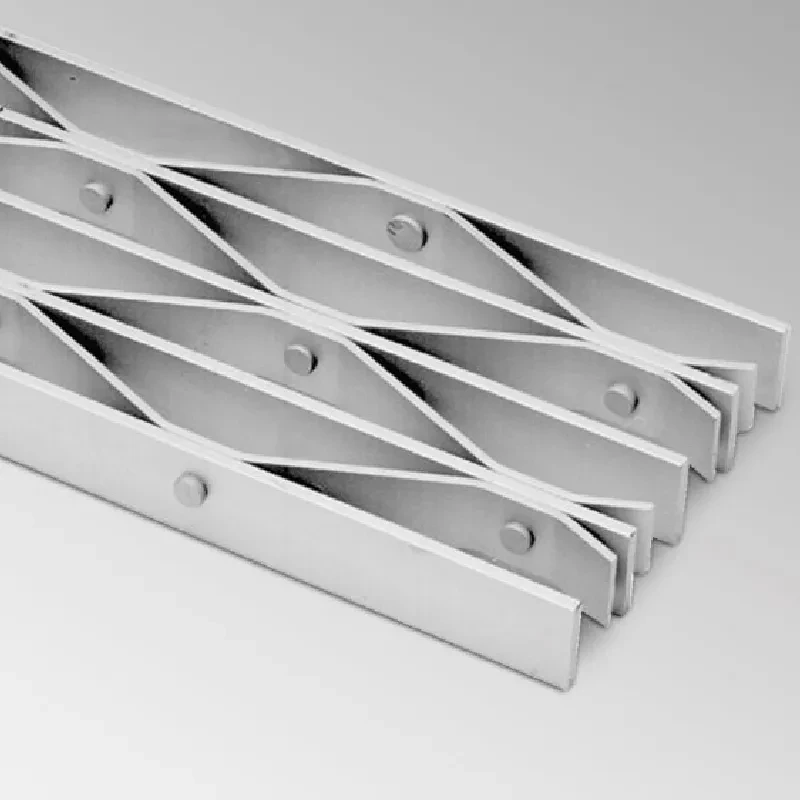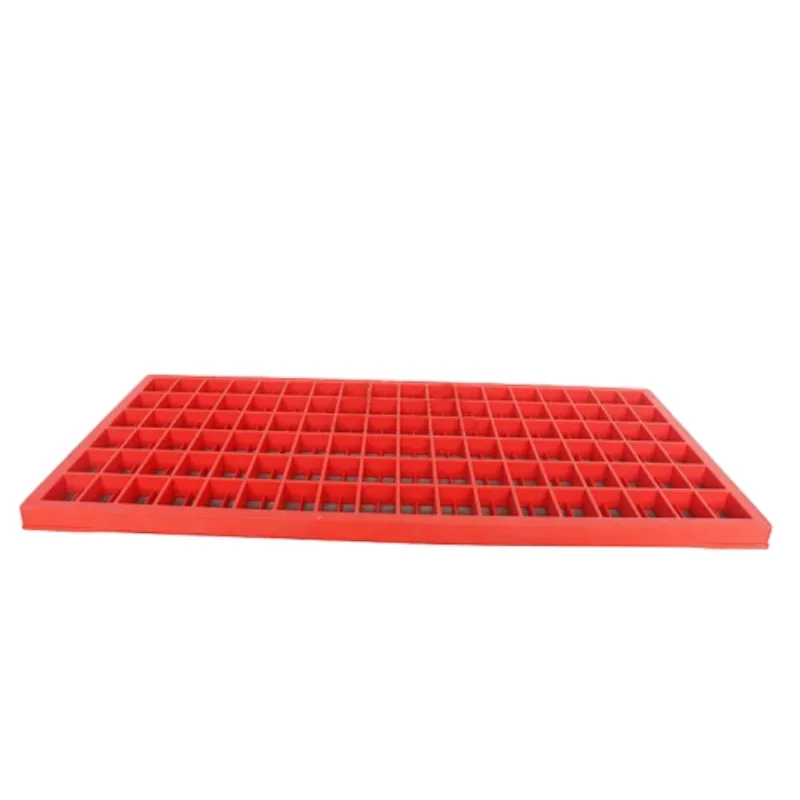- Industrial zone, South of Anping Town, Hengshui, Hebei, China.
- sales@hfpetromesh.com
- +86-18931809706
 Afrikaans
Afrikaans  Albanian
Albanian  Amharic
Amharic  Arabic
Arabic  Armenian
Armenian  Azerbaijani
Azerbaijani  Basque
Basque  Belarusian
Belarusian  Bengali
Bengali  Bosnian
Bosnian  Bulgarian
Bulgarian  Catalan
Catalan  Cebuano
Cebuano  Corsican
Corsican  Croatian
Croatian  Czech
Czech  Danish
Danish  Dutch
Dutch  English
English  Esperanto
Esperanto  Estonian
Estonian  Finnish
Finnish  French
French  Frisian
Frisian  Galician
Galician  Georgian
Georgian  German
German  Greek
Greek  Gujarati
Gujarati  Haitian Creole
Haitian Creole  hausa
hausa  hawaiian
hawaiian  Hebrew
Hebrew  Hindi
Hindi  Miao
Miao  Hungarian
Hungarian  Icelandic
Icelandic  igbo
igbo  Indonesian
Indonesian  irish
irish  Italian
Italian  Japanese
Japanese  Javanese
Javanese  Kannada
Kannada  kazakh
kazakh  Khmer
Khmer  Rwandese
Rwandese  Korean
Korean  Kurdish
Kurdish  Kyrgyz
Kyrgyz  Lao
Lao  Latin
Latin  Latvian
Latvian  Lithuanian
Lithuanian  Luxembourgish
Luxembourgish  Macedonian
Macedonian  Malgashi
Malgashi  Malay
Malay  Malayalam
Malayalam  Maltese
Maltese  Maori
Maori  Marathi
Marathi  Mongolian
Mongolian  Myanmar
Myanmar  Nepali
Nepali  Norwegian
Norwegian  Norwegian
Norwegian  Occitan
Occitan  Pashto
Pashto  Persian
Persian  Polish
Polish  Portuguese
Portuguese  Punjabi
Punjabi  Romanian
Romanian  Russian
Russian  Samoan
Samoan  Scottish Gaelic
Scottish Gaelic  Serbian
Serbian  Sesotho
Sesotho  Shona
Shona  Sindhi
Sindhi  Sinhala
Sinhala  Slovak
Slovak  Slovenian
Slovenian  Somali
Somali  Spanish
Spanish  Sundanese
Sundanese  Swahili
Swahili  Swedish
Swedish  Tagalog
Tagalog  Tajik
Tajik  Tamil
Tamil  Tatar
Tatar  Telugu
Telugu  Thai
Thai  Turkish
Turkish  Turkmen
Turkmen  Ukrainian
Ukrainian  Urdu
Urdu  Uighur
Uighur  Uzbek
Uzbek  Vietnamese
Vietnamese  Welsh
Welsh  Bantu
Bantu  Yiddish
Yiddish  Yoruba
Yoruba  Zulu
Zulu
- Afrikaans
- Albanian
- Amharic
- Arabic
- Armenian
- Azerbaijani
- Basque
- Belarusian
- Bengali
- Bosnian
- Bulgarian
- Catalan
- Cebuano
- Corsican
- Croatian
- Czech
- Danish
- Dutch
- English
- Esperanto
- Estonian
- Finnish
- French
- Frisian
- Galician
- Georgian
- German
- Greek
- Gujarati
- Haitian Creole
- hausa
- hawaiian
- Hebrew
- Hindi
- Miao
- Hungarian
- Icelandic
- igbo
- Indonesian
- irish
- Italian
- Japanese
- Javanese
- Kannada
- kazakh
- Khmer
- Rwandese
- Korean
- Kurdish
- Kyrgyz
- Lao
- Latin
- Latvian
- Lithuanian
- Luxembourgish
- Macedonian
- Malgashi
- Malay
- Malayalam
- Maltese
- Maori
- Marathi
- Mongolian
- Myanmar
- Nepali
- Norwegian
- Norwegian
- Occitan
- Pashto
- Persian
- Polish
- Portuguese
- Punjabi
- Romanian
- Russian
- Samoan
- Scottish Gaelic
- Serbian
- Sesotho
- Shona
- Sindhi
- Sinhala
- Slovak
- Slovenian
- Somali
- Spanish
- Sundanese
- Swahili
- Swedish
- Tagalog
- Tajik
- Tamil
- Tatar
- Telugu
- Thai
- Turkish
- Turkmen
- Ukrainian
- Urdu
- Uighur
- Uzbek
- Vietnamese
- Welsh
- Bantu
- Yiddish
- Yoruba
- Zulu
Feb . 12, 2025 09:06
Back to list
steel walkway grating
Galvanized grating has become a mainstay in diverse applications, ranging from industrial flooring to safety platforms. The popularity of galvanized grating lies in its durability, resistance to corrosion, and ability to bear substantial weight. Understanding the different sizes of galvanized grating is crucial for engineers, architects, and construction managers when tailoring solutions for specific projects. This detailed guide explores the various sizes available and their optimal applications, ensuring project success with the right fit.
When considering spacing, tighter patterns (e.g., 30mm spacing) not only enhance the grating's load capacity but also contribute to a safer environment by reducing the risk of accidental falls through the grating and limiting debris penetration. This makes them preferable for safety-conscious applications in public areas or over open water bodies. Wider spacing, while economically advantageous, is best reserved for less demanding environments where maximum load and safety are not primary concerns. Another considerate factor is the type of galvanization. Hot-dip galvanization is revered for its thorough coating, ensuring longevity even in harsh environments. It's essential to ensure that the galvanization process meets standards such as ASTM A123, ensuring robust resistance against corrosion and overall product reliability. Engagement with a reputable vendor or manufacturer is imperative for sourcing the most suitable galvanized grating sizes. Their expertise can guide you not only through the size specifications but also materials and installation processes, fortifying the trust and durability of your project. Ultimately, choosing the right size of galvanized grating hinges on a balance between structural demands, aesthetic considerations, and safety requirements. Properly sized and correctly installed galvanized gratings can significantly enhance the longevity and functionality of infrastructure, proving an invaluable asset to any project. Investing in high-quality grating that adheres to industry standards will ensure that your project remains durable, safe, and efficient, reflecting not only professional expertise but also authority and trust in execution.


When considering spacing, tighter patterns (e.g., 30mm spacing) not only enhance the grating's load capacity but also contribute to a safer environment by reducing the risk of accidental falls through the grating and limiting debris penetration. This makes them preferable for safety-conscious applications in public areas or over open water bodies. Wider spacing, while economically advantageous, is best reserved for less demanding environments where maximum load and safety are not primary concerns. Another considerate factor is the type of galvanization. Hot-dip galvanization is revered for its thorough coating, ensuring longevity even in harsh environments. It's essential to ensure that the galvanization process meets standards such as ASTM A123, ensuring robust resistance against corrosion and overall product reliability. Engagement with a reputable vendor or manufacturer is imperative for sourcing the most suitable galvanized grating sizes. Their expertise can guide you not only through the size specifications but also materials and installation processes, fortifying the trust and durability of your project. Ultimately, choosing the right size of galvanized grating hinges on a balance between structural demands, aesthetic considerations, and safety requirements. Properly sized and correctly installed galvanized gratings can significantly enhance the longevity and functionality of infrastructure, proving an invaluable asset to any project. Investing in high-quality grating that adheres to industry standards will ensure that your project remains durable, safe, and efficient, reflecting not only professional expertise but also authority and trust in execution.
Share
Latest news
-
Welded Steel Bar Grating: The Rugged Industrial Flooring Solution Built for Load and LongevityNewsJun.24,2025
-
Steel Walkway Grating: Reliable, Resilient, and Built for Every StepNewsJun.24,2025
-
Shale Shaker Screen for Sale: Optimize Drilling Efficiency with Precision Screening PowerNewsJun.24,2025
-
Shaker Screen for Sale: Elevate Your Drilling Efficiency with Durable Separation SolutionsNewsJun.24,2025
-
Press Locked Steel Grating: Industrial Strength with Precision Fit for Heavy-Duty ApplicationsNewsJun.24,2025
-
Perimeter Safety Netting: The Critical Safety Upgrade for Every HelipadNewsJun.24,2025